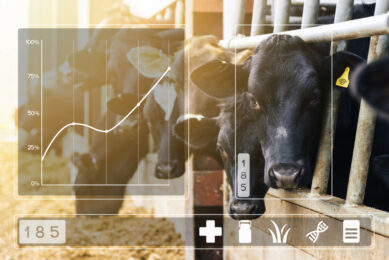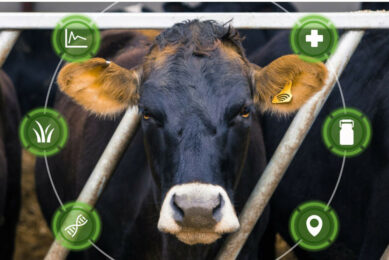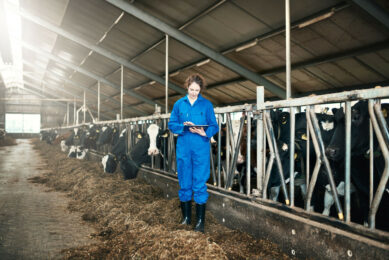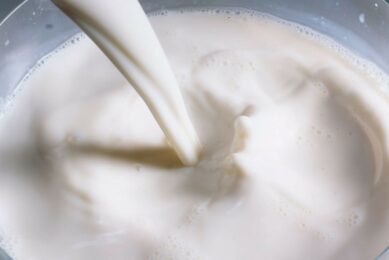Is there genetic diversity left in Dutch HF cows?
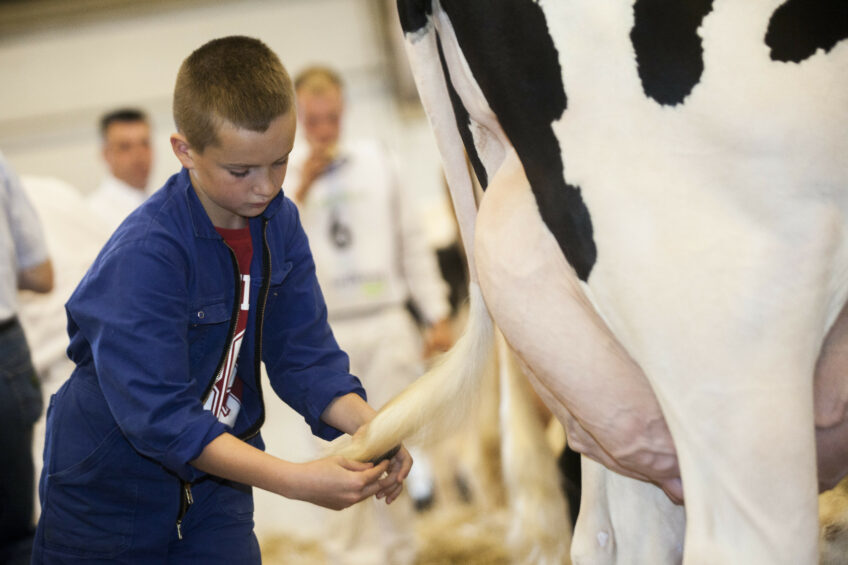
Selection methods and genomic tools have strongly influenced the level of inbreeding in Dutch Holstein-Friesian cattle, cow data from 1986-2015 showed.
This is written in a new article, published in Genetics Selection Evolution, and discussed on the website of Wageningen UR.
In Holstein-Friesian dairy cattle (HF), intense artificial selection has been practised over many years. The use of a limited number of elite sires has reduced the effective population to a size ranging from 49 to 115. To ensure adaptive capacity and limit inbreeding depression in the long term, it is important to monitor and manage genetic diversity in the HF population.

Data from 6,280 AI bulls
In the study, researchers from Wageningen University and Research Centre in the Netherlands wanted to find out how major changes in the breeding program of Dutch HF dairy cattle have affected inbreeding and genetic diversity trends. To do so, the Dutch team evaluated genome-wide and region-specific diversity in HF artificial insemination (AI) bulls in the Dutch-Flemish breeding programme from 1986 to 2015. In total of 6,280 AI bulls with breed fraction higher than 87.5% HF, born between 1986 and 2015 and genotyped by the Dutch-Flemish cattle improvement co-operative (CRV), were included in this study. Several parameters were compared such as genealogical inbreeding and kinship, segment-based inbreeding and kinship and marker-by-marker homozygosity and similarity.
More inbreeding after 2010
Genome-wide diversity trends showed 2 breakpoints:
- The first occurred around 2000, after which levels and rates of inbreeding and kinship temporarily dropped.
- The second occurred around 2010, after which inbreeding and kinship steeply increased.
Both breakpoints coincided with major changes in the Dutch-Flemish breeding programme. The drop in inbreeding and kinship around 2000 followed a shift in breeding goal composition and the introduction of optimal contribution selection (OCS). Although the Dutch-Flemish bull selection index has changed continuously over time, the major shift took place around 2000, when longevity, udder health and reproductive traits were added to the index within a few years’ time. The inclusion of a wide range of traits at that time resulted in a more diverse set of bulls with high estimated breeding values (EBV) and thereby contributed to the (temporary) drop in inbreeding and kinship. The steep increase in inbreeding and kinship rates around 2010 coincided with the implementation of genomic selection (GS).
Also read: The year 2067 sounds far away, but researchers still have a relatively good idea what the dairy sector will look like by then. Read more…
Inbreeding rates should be below 1
From the 2006–2010 period to the 2011–2015 period, there was a 2- to 4-fold increase in the annual rate of inbreeding (inbreeding rates of up to 1.8-2.8% per generation were observed). In general, inbreeding rates < 1% per generation are considered acceptable for livestock populations. Managing the rate of inbreeding is important to limit inbreeding depression (= reduced performance due to inbreeding). Conservation of genetic diversity in livestock breeds is furthermore important to ensure that populations can adapt to changing selection objectives and environments. The results of this study provide insight in the effect of breeding practices on diversity across the genome and emphasise the need for efficient management of genetic diversity in HF GS schemes.
The results of this study were presented at the World Congress on Genetics Applied to Livestock Production 2018 in Auckland.
Join 13,000+ subscribers
Subscribe to our newsletter to stay updated about all the need-to-know content in the dairy sector, two times a week.



